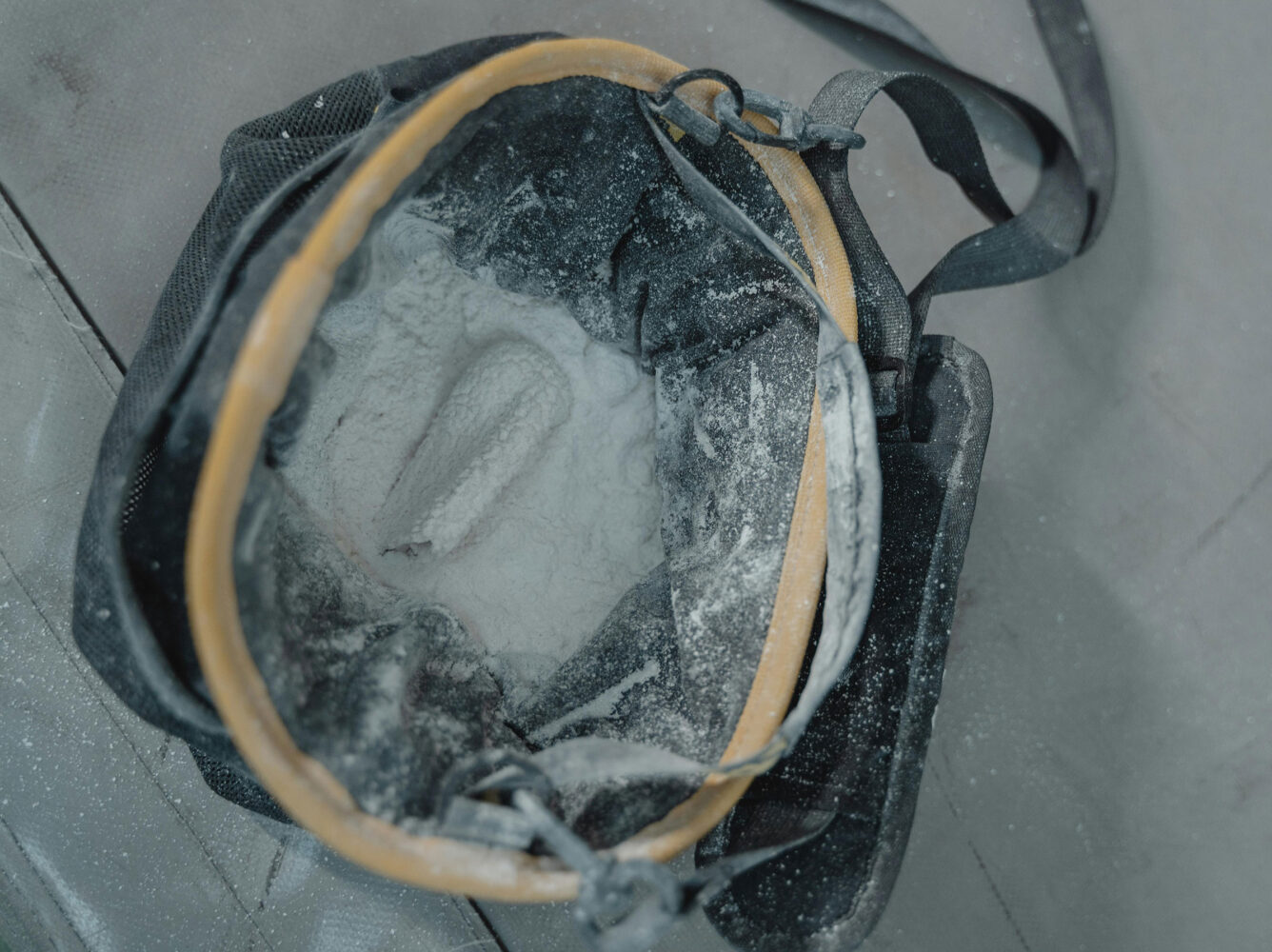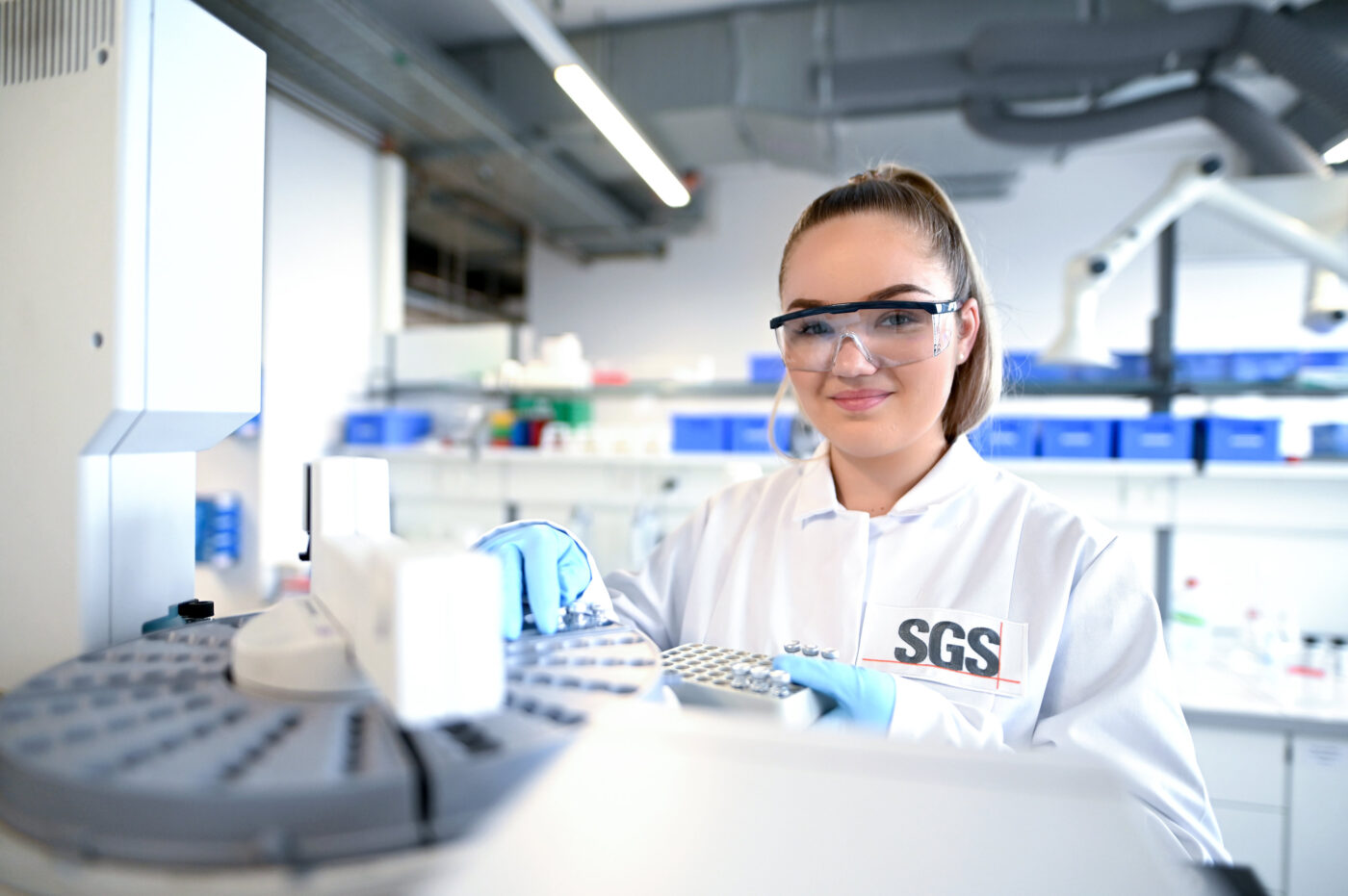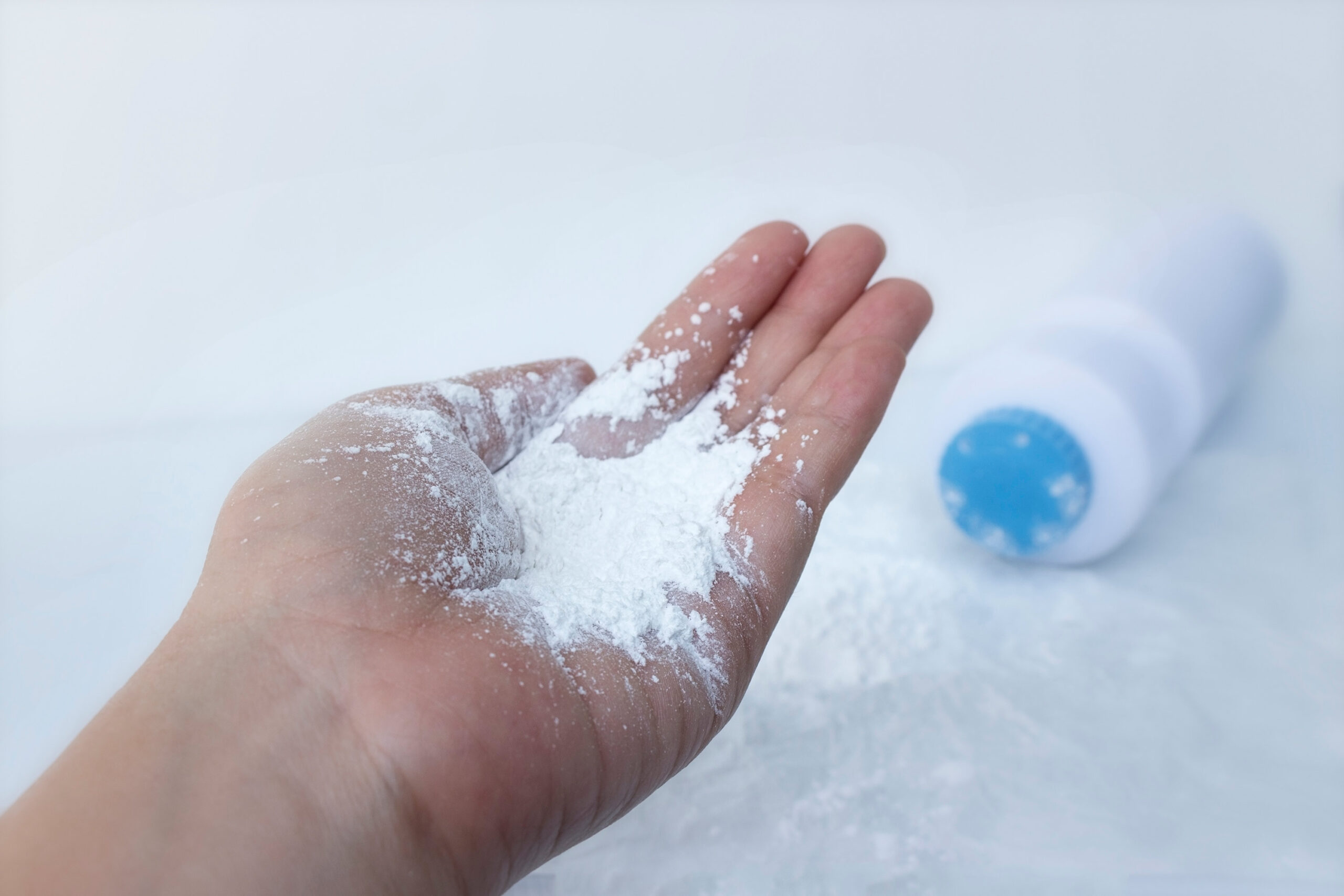Talc Analysis
Comprehensive Asbestos Testing for Cosmetic and Consumer Products
Talc and talc-containing products can pose a significant risk if contaminated with asbestos. Both serpentine (chrysotile) and amphibole asbestos fibers have been linked to serious health concerns, making accurate detection critical. The FDA’s newly proposed Modernization of Cosmetics Regulation Act (MoCRA, Section 3505) sets strict guidelines for detecting asbestos in cosmetic products, and compliance is mandatory for manufacturers and distributors.
Clients in the cosmetics, personal care, and consumer goods industries are increasingly scrutinized by regulators, stakeholders, and consumers, requiring robust testing strategies to ensure product safety and regulatory compliance. The challenge lies in detecting trace amounts of asbestos in complex talc matrices, which requires both sensitive instrumentation and expert analysis.

The FDA’s newly proposed Modernization of Cosmetics Regulation Act (MoCRA, Section 3505) sets strict guidelines for detecting asbestos in cosmetic products, and compliance is mandatory for manufacturers and distributors.
Contact SGSSGS Capabilities and Expertise
SGS brings over 75 years of combined experience in asbestos analysis, providing unparalleled expertise in asbestos detection in talc and talc-containing products for public and private sector clients. Our team applies industry-best practices to identify and quantify all asbestos types, ensuring compliance and protecting brand integrity.
Our Analytical Capabilities Include:
|
Technique |
Method/Accreditation |
Purpose |
|
Polarized Light Microscopy (PLM) |
NY ELAP 198.6 / ISO 22262-1 / ISO 22262-2 (FDA Modified Procedures) |
Identify and quantify asbestos fibers in talc matrices |
|
Transmission Electron Microscopy (TEM) |
NY ELAP 198.4 / ASTM D5756 / ISO 10312 / ISO 22262-2 (FDA Modified Procedures) |
High-resolution detection of trace asbestos, including amphibole fibers |
Testing Approach:
- All samples analyzed by both PLM and TEM.
- Samples tested in triplicate, providing six independent data points per sample (3 PLM + 3 TEM).
- Results reported as % asbestos on a dry weight basis, with identification of the specific asbestos type.
- Limit of Detection (LOD): ~3E-6 | Limit of Quantification (LOQ): ~1.2E-5 (estimates, material-dependent).
Why SGS for Built Environment?
- Global Leader
Robust methodology ensures reproducible, defensible results. - Rapid Turnaround
Rapid turnaround times to support production schedules and regulatory deadlines. - Regulatory Compliance
Full compliance with FDA MoCRA guidelines and internationally recognized standards. - Extensive Support
Ability to support industrial hygiene, research, and regulatory compliance projects


